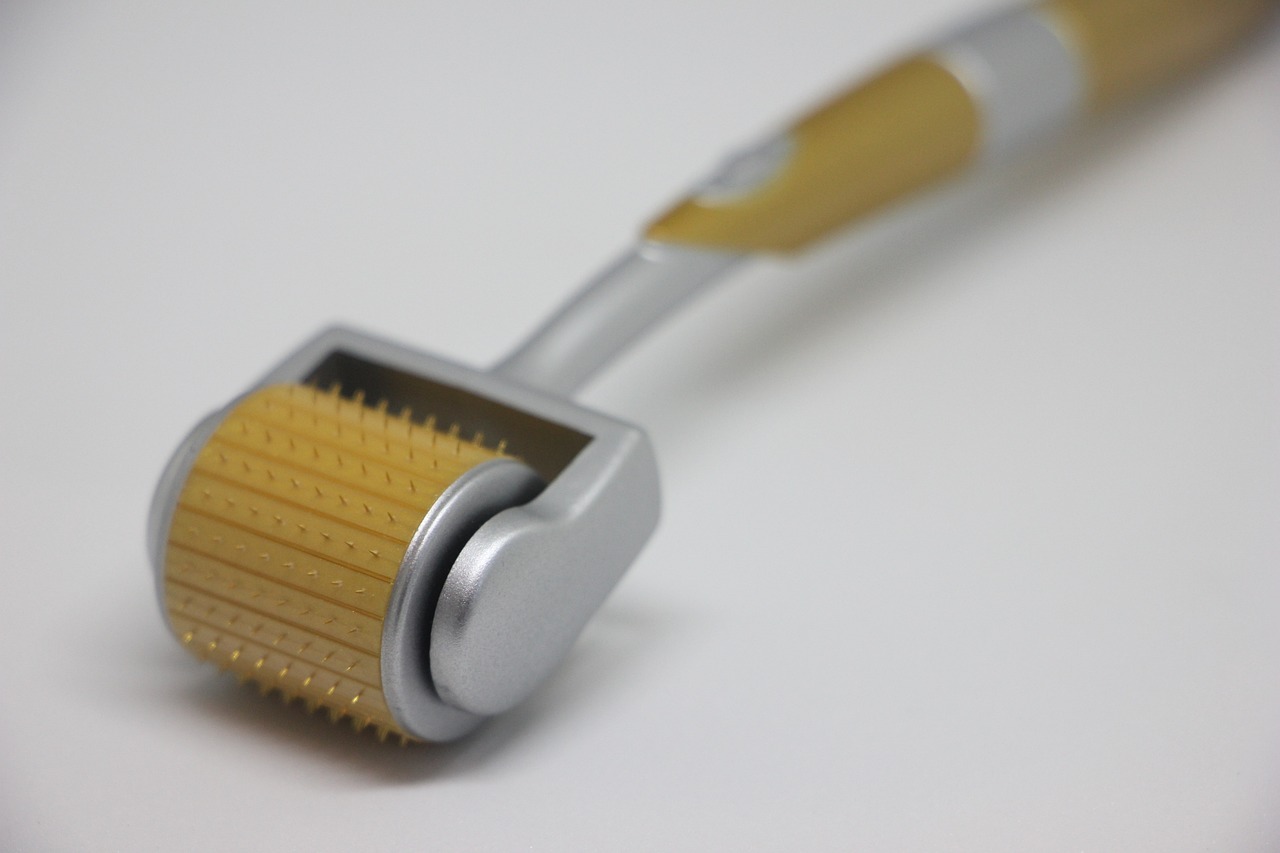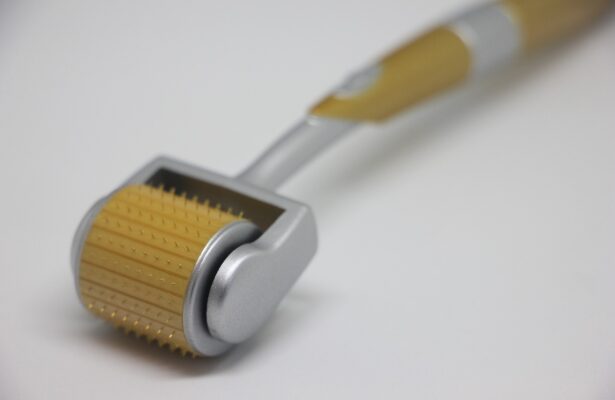 Image by Ilona Pokallo from Pixabay
Image by Ilona Pokallo from Pixabay
Home microneedling, also known as dermarolling, has become increasingly popular as a way to improve skin texture, reduce fine lines and wrinkles, and treat acne scars. While it can be a convenient and cost-effective option, it’s important to approach it with caution and knowledge. Here are five essential things to remember before embarking on your home microneedling journey.
Do Your Research
Before investing in a microneedling device, thoroughly research the different types available. Roller devices are the most common, but there are also pen devices that may offer more precise control. Pay attention to the needle length, as longer needles can penetrate deeper into the skin and require more caution. Additionally, consider the quality and materials of the device to ensure safety and effectiveness. Our favourite is the Skin Abode Derma Pro Microneedling Roller.
Patch Test
Always conduct a patch test on a small area of skin before proceeding with a full facial treatment. This will help you assess your skin’s sensitivity to the microneedling process and identify any potential allergic reactions. Choose an inconspicuous area, such as behind your ear, and apply the device gently for a few seconds. Monitor the area for redness, irritation, or discomfort.
Prepare Your Skin
Cleanse your skin thoroughly before microneedling to remove dirt, oil, and makeup. Avoid using harsh exfoliants or products that can irritate your skin. We recommend using a gentle cleanser such as SkinCeuticals Gentle Cleanser. It’s also advisable to avoid waxing or shaving the area to be treated for at least a few days prior to microneedling.
Use the Right Technique
Proper technique is crucial for effective and safe microneedling. Roll the device gently over your skin in various directions, ensuring even coverage. Avoid pressing too hard, as this can cause damage to your skin. Many devices come with instructions and tutorials to guide you through the process.
Aftercare is Key
After microneedling, your skin may be sensitive and prone to irritation. It’s important to follow proper aftercare to minimise discomfort and promote healing. Avoid touching your face unnecessarily and use gentle, non-irritating skincare products. You may also want to apply a soothing aloe vera gel or a hydrating mosituriser, such as Elemis Sensitive Soothing Milk .
Additional Considerations:
- Frequency: The ideal frequency of microneedling sessions can vary depending on your skin concerns and goals. Start with less frequent sessions and gradually increase as needed.
- Contraindications: If you have certain skin conditions, such as active acne, rosacea, or psoriasis, microneedling may not be suitable. Consult with a healthcare professional to determine if it’s safe for you.
- Professional Guidance: While home microneedling can be effective, it’s always a good idea to consult with a skincare professional for personalised advice and recommendations. Talk to our friends at Lichfield Beauty Salon for more information.
By following these guidelines and practising caution, you can safely and effectively incorporate home microneedling into your skincare routine. Remember, patience is key, and consistent use will help you achieve your desired results.

